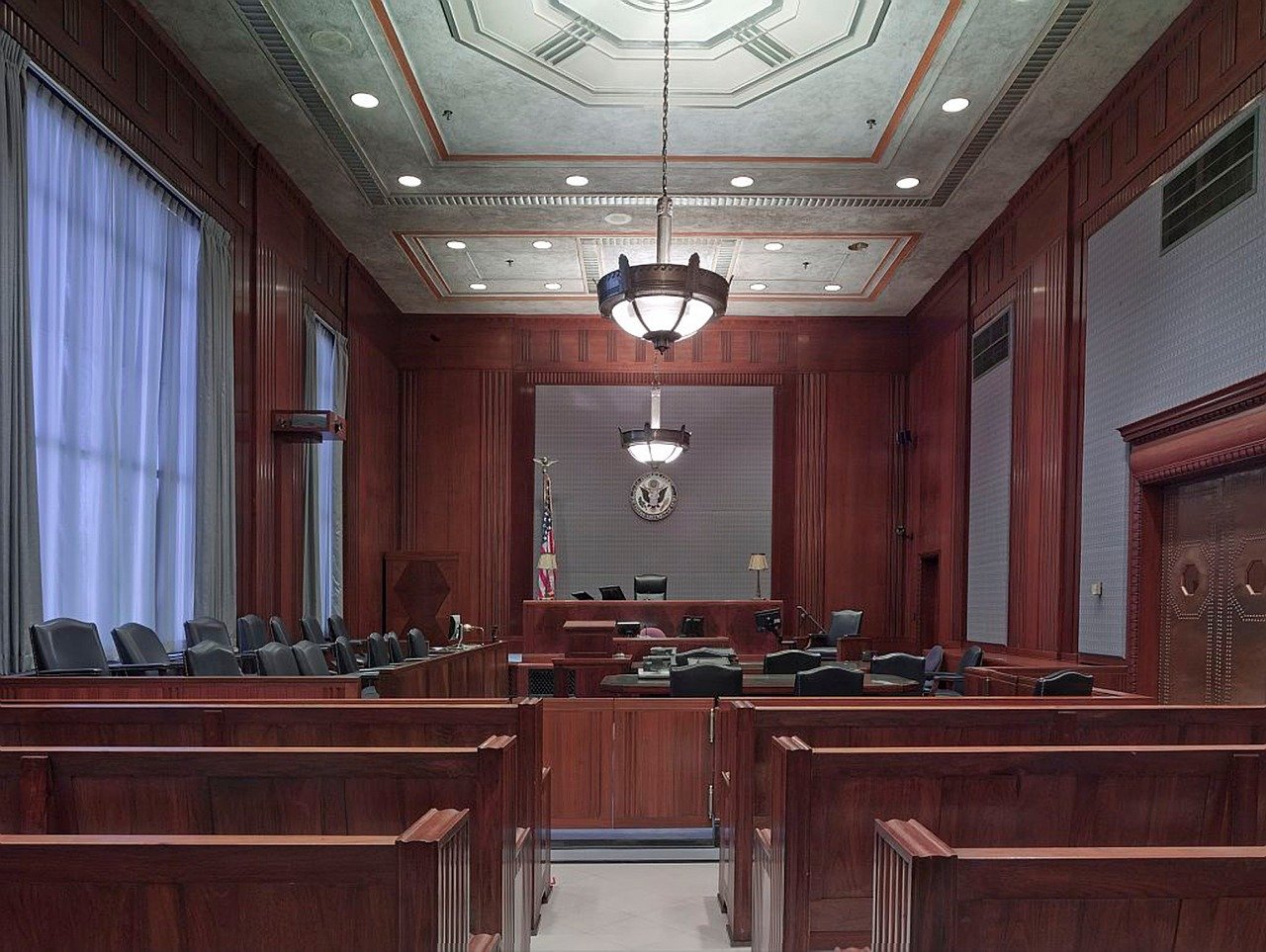The Brennan Center for Justice at New York University School of Law on Tuesday released updated statistics on the racial, ethnic and gender diversity in state supreme courts around the US.
The Brennan Center operates as an independent and nonpartisan research organization, collecting and analyzing data on legal issues. The center believes that “a diverse bench is vital to achieving a fair system of justice and promoting trust in the courts.”
According to the center’s updated report, 22 states do not have a justice who identifies as a person of color. The report draws special attention to states like Connecticut, which has no Latino justices despite having a Latino population of over half a million people, or fifteen percent of Connecticut’s current population. Similarly, several states, including Pennsylvania, have substantial Black populations but do not have a single Black justice on their supreme courts.
Nationwide, women make up 39 percent of state supreme court justices. Mississippi has the worst gender parity among all states; women hold only 11 percent of its supreme court seats.
The percentages of justices of color and female justices have increased since the center’s 2019 report. In January, Melissa Long became Rhode Island’s first Black supreme court justice. Carla Wong McMillian joined the Supreme Court of Georgia in March, marking the first time an Asian American was appointed to the bench in any Southern state.
The center also investigated what positions justices are likely to hold before ascending to the bench. Notably, 37 percent of justices served as prosecutors but only seven percent were public defenders. The report notes that “public defenders’ records are often grist for attack” in confirmation hearings. The Biden administration has taken steps to reduce professional disparities in federal courts, but state supreme courts have not yet followed suit.
Despite marginal gains, the Brennan Center believes that state supreme courts “continue to fall short” on the issue of diversity, and will continue to monitor the courts’ progress.


